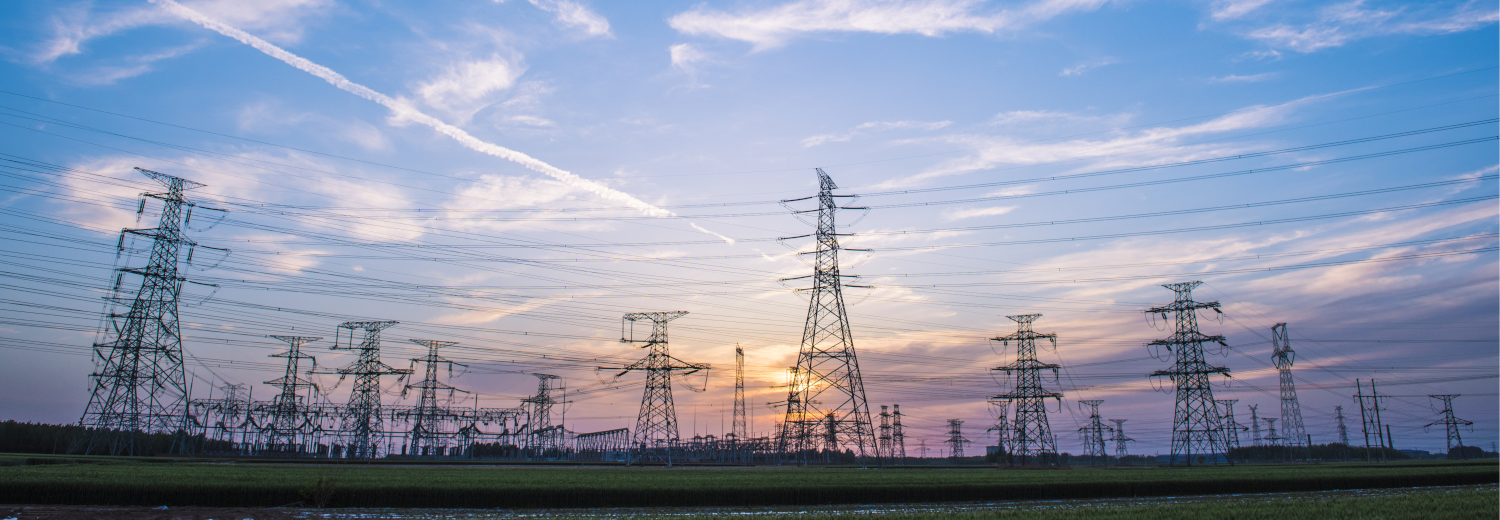From 2022, industrial energy spending will see the impact of new charges to finance Terna’s Capacity Market project (MdC). The new charges will have a greater impact during 500 hours of the year (so-called “Capacity Hours”), for which there will be an increase of approximately € 40/MWh.
The hours with the greatest impact for the capacity market are the 500 hours during the year that Terna considers most critical for grid balancing. They are announced by Terna by 30 November the previous year and an increased charge is applied during these hours, of approximately € 40/MWh.
To minimise the impact of these new charges, it is necessary to immediately begin assessing strategies for 2022. Load modulation to reduce power draw during these hours may be the best way to limit the impact of the new charge on the company’s energy spending without compromising production.
Which are the peak hours for the capacity market?
Terna has announced the annual and weekly peak hours for energy issued in 2022. These are the annual hours:
| MONTH | Jan | Feb | Mar | Apr | May | Jun | Jul | Aug | Sep | Oct | Nov | Dec | TOTAL |
| N. of critical hours | 125 | 105 | 25 | 0 | 0 | 26 | 162 | 8 | 10 | 0 | 10 | 29 | 500 |
How will the bill change?
The charge financing the capacity market will have a different impact at different points of the year. Specifically, hours will be divided as follows:

How can Energy Team help you save?
With its load-shifting service, Energy Team analyses possible energy scenarios, evaluated in complete security using specially developed software, to identify specific action plans for the individual needs of the company.
A study is carried out to identify possible benefits offered by shifting loads to times when the cost of energy is lower.
A significant part of the study involves quantification of energy spending due to the Terna project.
The different analysis phases are targeted at energy and monetary savings and support the customer through the energy transition of the company by managing production, making it more competitive and sustainable.

DEFINITION OF SCENARIO 0
The first step involves calculating the economic impact if no changes are made within the company.

STRATEGIES ANALYSIS
Having established the starting point, this phase analyses all possible solutions that may help the company to reduce energy drawn from the grid during Capacity Hours.

COST-BENEFIT ANALYSIS
Comparison of the possible solutions to Scenario 0 to identify the optimal approach to reduce bills.
Here is an example
A metallurgy business with annual consumption of 45 GWh, based on analysis of its power-usage curve, will have increased spending during Capacity Hours (500 hours) of € 130,000 per year. To reduce the impact, the load curve is analysed during Capacity Hours to identify the different users of power at those times and the processing phases.
Analysing the various strategies proposed by the assessment, the customer decides to implement two solutions. The first (management measure) enables management of the activation of certain loads during Capacity Hours. The second (technological measure) involves drawing energy from an alternative source instead of the electricity grid during Capacity Hours.
The company has allocated funds for investment in a photovoltaic plant that will go live at the end of 2021. This should offer a very short payback time due to incentives accessed to reduce its cost. Combination of the two actions: technological and management-based, will enable the company to reduce the impact of the new charge by 60% during Capacity Hours.

